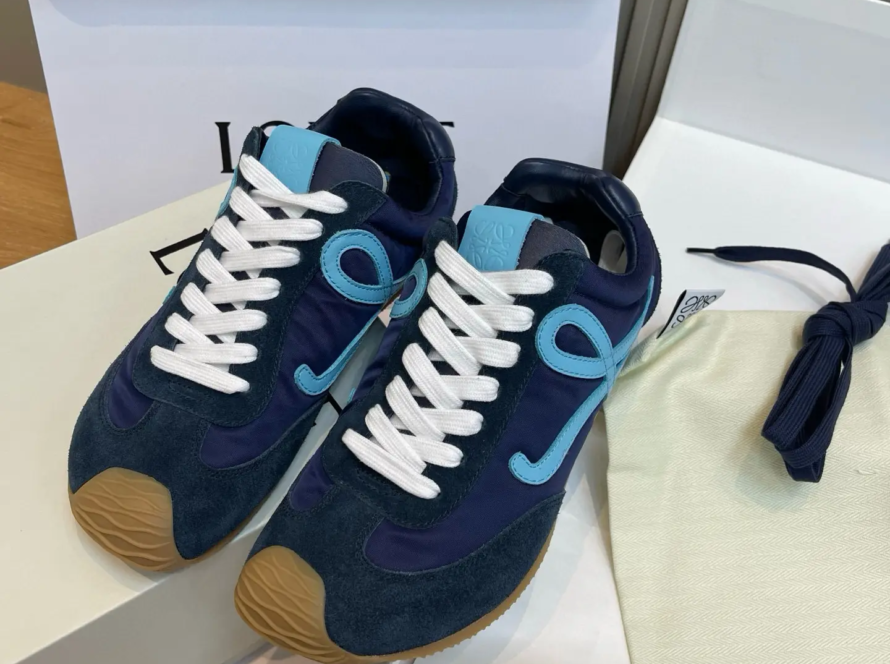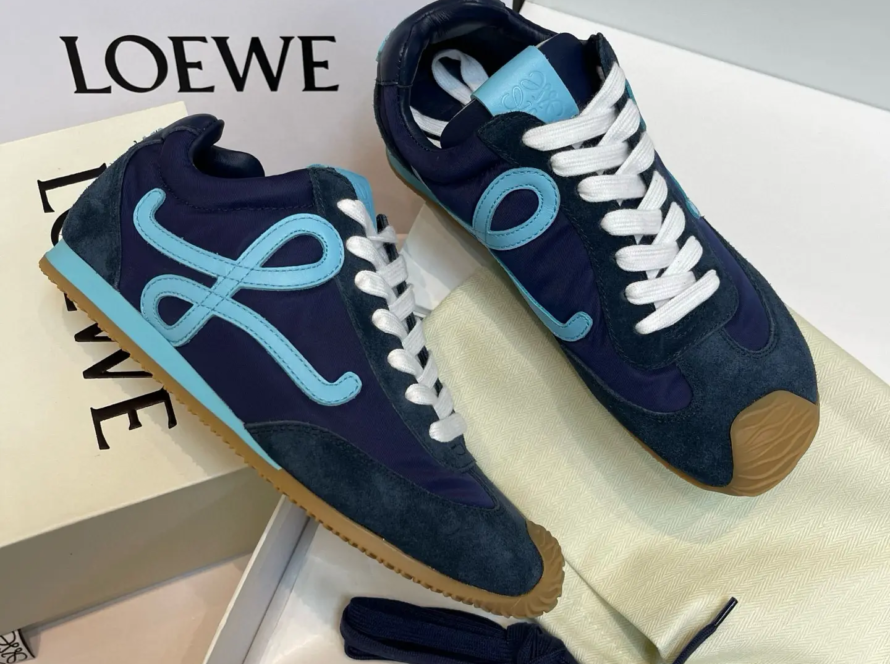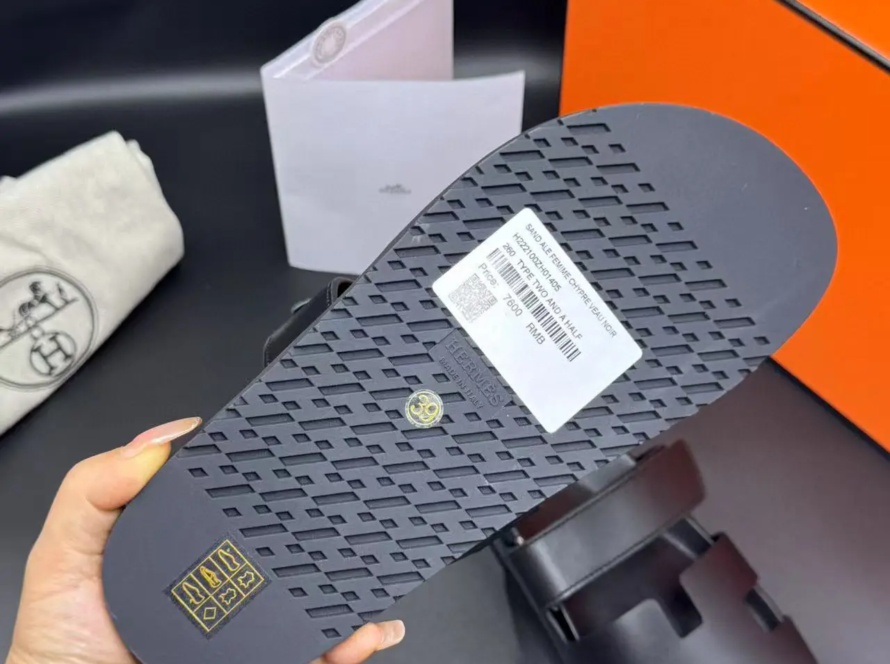
As consumers, we often take shoes and feet willingness for granted until we encounter discomfort, pain or other problems that affect our daily lives. The relationship between shoes and feet is complex, and understanding how their interactions can help us make informed decisions about footwear choices. In this article, we will dig into the world of shoes and feet, explore the anatomy of the feet, common foot problems, and how shoes can exacerbate or alleviate these problems.
The human foot is an amazing structure, composed of 26 bones, 33 joints, and more than 100 muscles, tendons and ligaments. It is designed to bear our weight, absorb shocks and promote exercise. However, the feet are also susceptible to a range of problems, including rabbits, Hammert, plantar fasciitis and arch pain. These problems may be caused by various factors including genetics, lifestyle and footwear selection.
When it comes to shoes, there are many factors to consider, including style, comfort, support and fit. A good pair of shoes should provide adequate arch support, cushioning and a comfortable fit without limiting the toes or applying pressure to sensitive areas. However, many of us prioritize fashion over features, choosing shoes that look good but may not provide the necessary support or comfort. This can lead to a range of problems, including blisters, foot pain, and even long-term damage to the feet.
One of the most common problems related to shoes and feet is suitable. Shoes that are too tight can cause blisters, corn and calluses, while shoes that are too loose can cause instability and ankle sprains. To avoid these problems, it is necessary to maintain a proper fit to take into account the shape and size of our feet. This may involve trying many sizes and styles and seeking advice from a shoemaker or podiatrist.
In addition to fitting, the type of shoe we choose can have a significant impact on our feet. For example, high heels can cause a range of problems, including foot pain, ankle instability, and even long-term damage to the foot. This is because the heels change the natural alignment of the feet, exerting pressure on the toes and balls of the feet. On the other hand, flat shoes (such as sandals and slippers) can also cause problems, especially if they lack arch support and cushioning.
In recent years, the trend of minimalist shoes has been growing, aiming to mimic the natural movement of the feet. These shoes usually have a thin sole and wide toe box that allows the feet to move naturally. While minimal shoes may not be suitable for everyone, it may be beneficial for those suffering from foot pain or other problems associated with oversupporting shoes.
In short, the relationship between shoes and feet is complex, and understanding their interactions can help us make wise decisions about footwear choices. By choosing shoes that provide adequate support, comfort and fit, we can reduce the risk of foot problems and maintain healthy, happy feet. Whether you are an experienced athlete or just looking for shoes that are comfortable to wear every day, it is important to prioritize your foot health and choose shoes to use with your feet rather than fighting them.
FAQ:
Q: How often should I change my shoes?
A: The frequency of your shoes that you should replace depends on several factors, including the type of footwear, your activity level and shoe status. Usually, it is recommended to change your shoes every 6-12 months, or when they show signs of wear.
Q: Can I wear the same shoes for different activities?
A: While you may be tempted to wear the same shoes for different activities, it is usually not recommended to wear the same shoes. Different activities require different types of shoes, and wearing the wrong shoes can lead to discomfort, injury or poor performance. For example, running shoes are designed for running and may not be suitable for hiking or tennis.
Q: How to prevent athlete’s foot?
A: You can prevent foot odor by practicing good foot hygiene, including washing your feet every day, drying them thoroughly, and breathable shoes. You can also use antifungal powders or sprays to help keep your feet dry and odor-free.
Q: Can shoes hurt my feet for a long time?
A: Yes, if the shoes are not suitable or provide enough support, the shoes can cause long-term damage to your feet. Poor fit shoes can lead to a range of problems including rabbits, Hammerella and plantar fasciitis, which can be painful and debilitating.
Q: How to choose the right shoe size?
A: Choosing the right shoe size can be challenging, but there are several steps you can take to ensure the right fit. First, measure your feet with shoe pliers or a podiatrist. Second, try to find the most comfortable size using a variety of sizes and styles. Finally, wear the same type of socks you intend to wear to ensure accurate fit.





